This website may contain affiliate links and advertising so that we can provide recipes to you. Read my disclosure policy.
Baking soda vs baking powder….what is the difference? I’m here to teach you the basics of each so that you can improve your baking skills. Learn the whys, hows, and when they’re important to achieving delicious recipes.
Baking powder and baking soda are key ingredients in so many classic recipes! Baking soda is a must when baking cookies. Sometimes I use both, like in our favorite copycat Crumbl cookie recipe. And I couldn’t make my homemade pancake mix without the help of baking powder because it makes them SO fluffy!
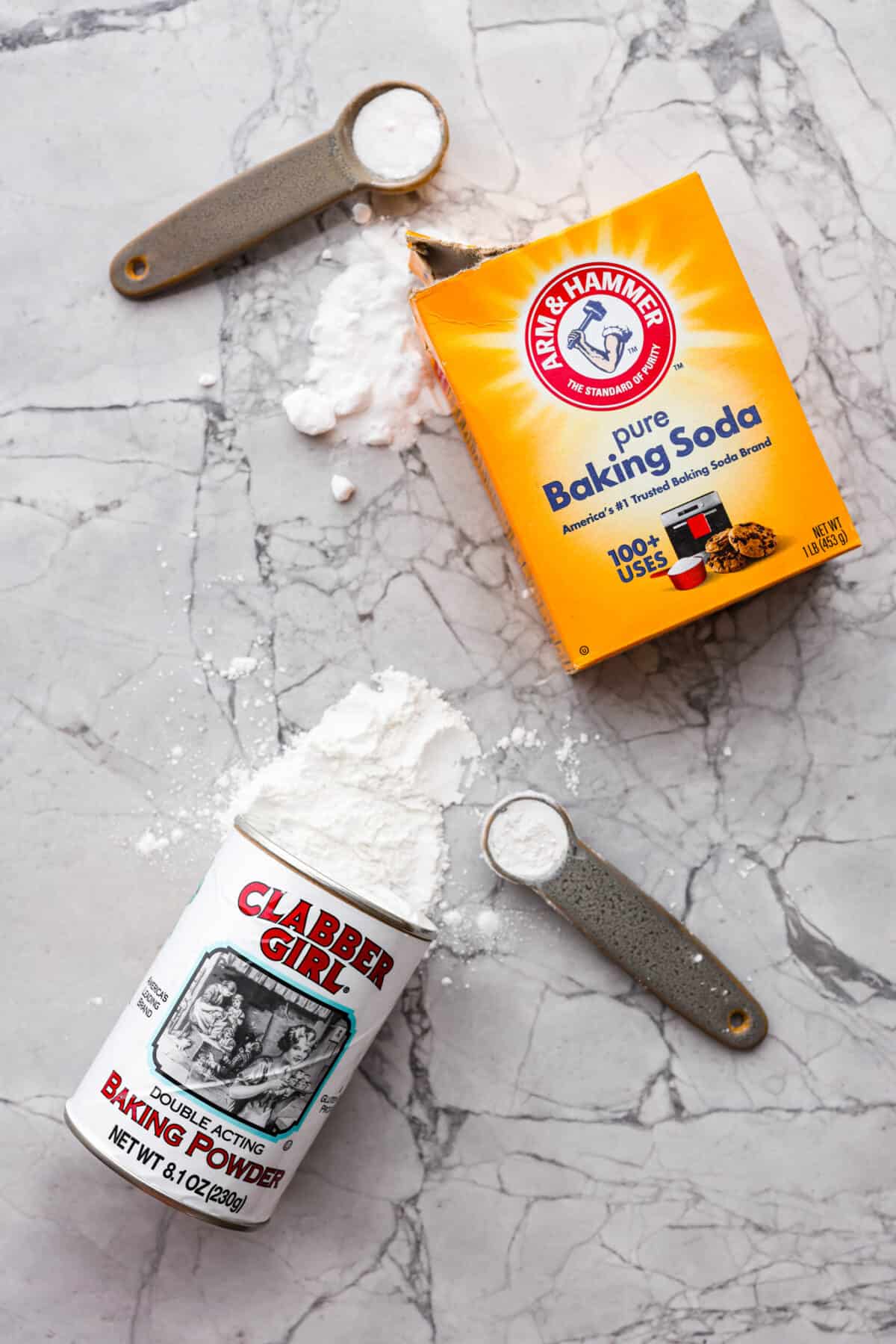
Reasons to Know How They Work
- Improve Your Baking: The wrong use of baking powder and baking soda can affect your baking.
- Learn When to Use Them: Improve your baking game and know when and why to use them in your recipes.
- Best Baking Results: Get the best baking results by balancing flavors and achieving the perfect texture and shape of baked goods.
Baking Soda vs Baking Powder
Baking soda and baking powder are both chemical leavening agents. The ingredient in a recipe makes dough or batter rise through a chemical reaction. However, they are NOT the same! They have notable differences, so let’s compare baking soda vs baking powder and break it down!
What is Baking Soda?
Baking soda is powerful! It is 3 times stronger than baking powder! In the world of science, baking soda is known as a base. It will create a reaction when it comes in contact with an acid. This also translates into the world of baking! This reaction produces a carbon dioxide gas, and the bubbles from this reaction give a light texture in baked goods. Recipes that use baking soda will also call for some type of acid to create this chemical reaction.
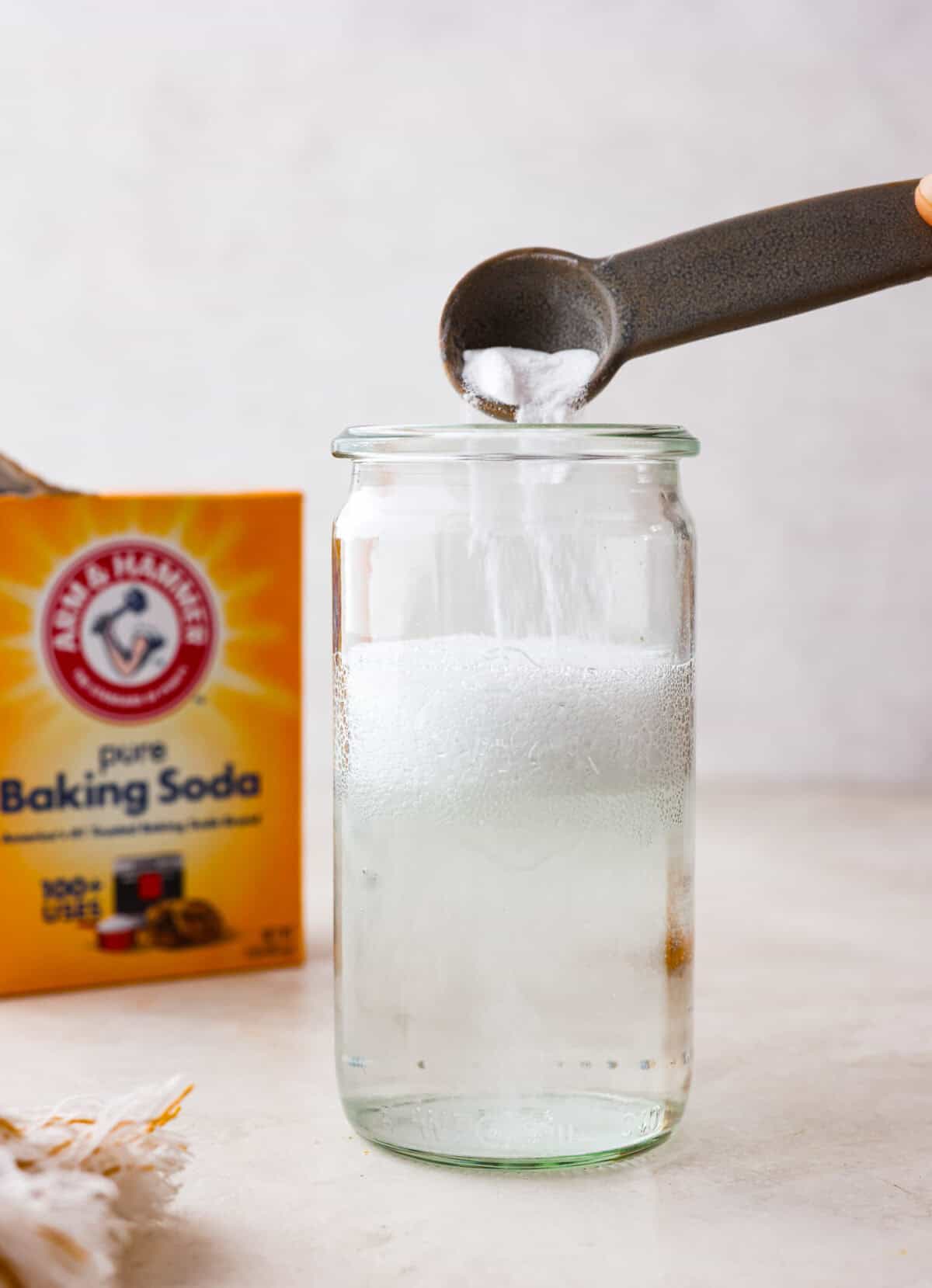
Acids That React With Baking Soda
We’re all familiar with the reaction of baking soda and vinegar but many ingredients react in recipes to create carbon dioxide. Here is a list of acid ingredients commonly used in baking:
- Vinegar
- Citrus Juices
- Buttermilk
- Sour Cream or Yogurt
- Cocoa Powder (Not Dutch Process)
- Brown sugar
- Cream of Tartar
- Molasses or Honey
Irish Soda Bread is a bread recipe that relies on the reaction of buttermilk and baking soda to rise. My fun Wacky Cake is another example of this reaction. The baking soda and vinegar in the recipe give this cake the fluffiest texture and it’s SO yummy!
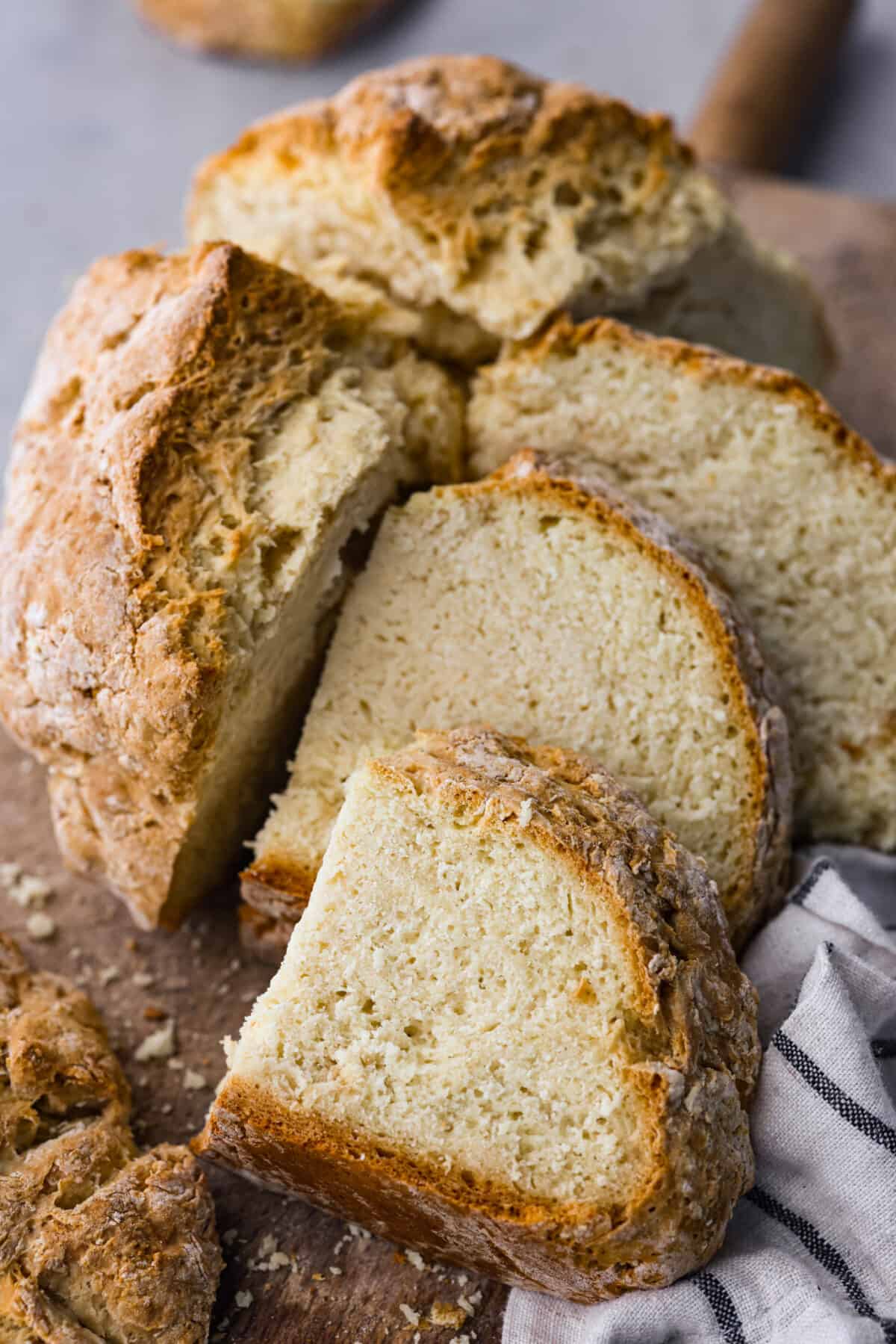
Too Much Baking Soda?
Using too much baking soda in your recipes without neutralizing it with an acid will result in a strong metallic flavor from the baking soda. Some people might think the more baking soda you use the more rise you’ll get, but that isn’t how baking soda works. It needs to be just the right amount and has to have an acid to react and neutralize it.
What is Baking Powder?
Baking powder actually has baking soda in it! It also contains another acid like cream of tartar or cornstarch that helps neutralize the baking soda. This means there isn’t a need for another acid for baking powder to react. Baking powder reacts in two different ways, and if you’ve ever wondered why the container says “double-acting”, here’s why:
- Moisture: Baking powder first becomes active when it gets wet. Air bubbles are created when it comes in contact with water, milk, or any moisture in the recipe. This is why most recipes need to be baked right away while the chemicals are still active.
- Heat: Baking powder also becomes active when it’s exposed to heat during the baking process. As the ingredients reach a certain temperature, the baking powder creates lift and helps the baked goods rise and become fluffy!
My Grandma’s Perfect Fluffy Pancakes are the perfect example of this reaction. The baking powder in her pancake recipe reacts with the heat of the skillet making them fluffy and soft! Another example is this delicious Ricotta Cake! The baking powder makes it so light and fluffy as it bakes.
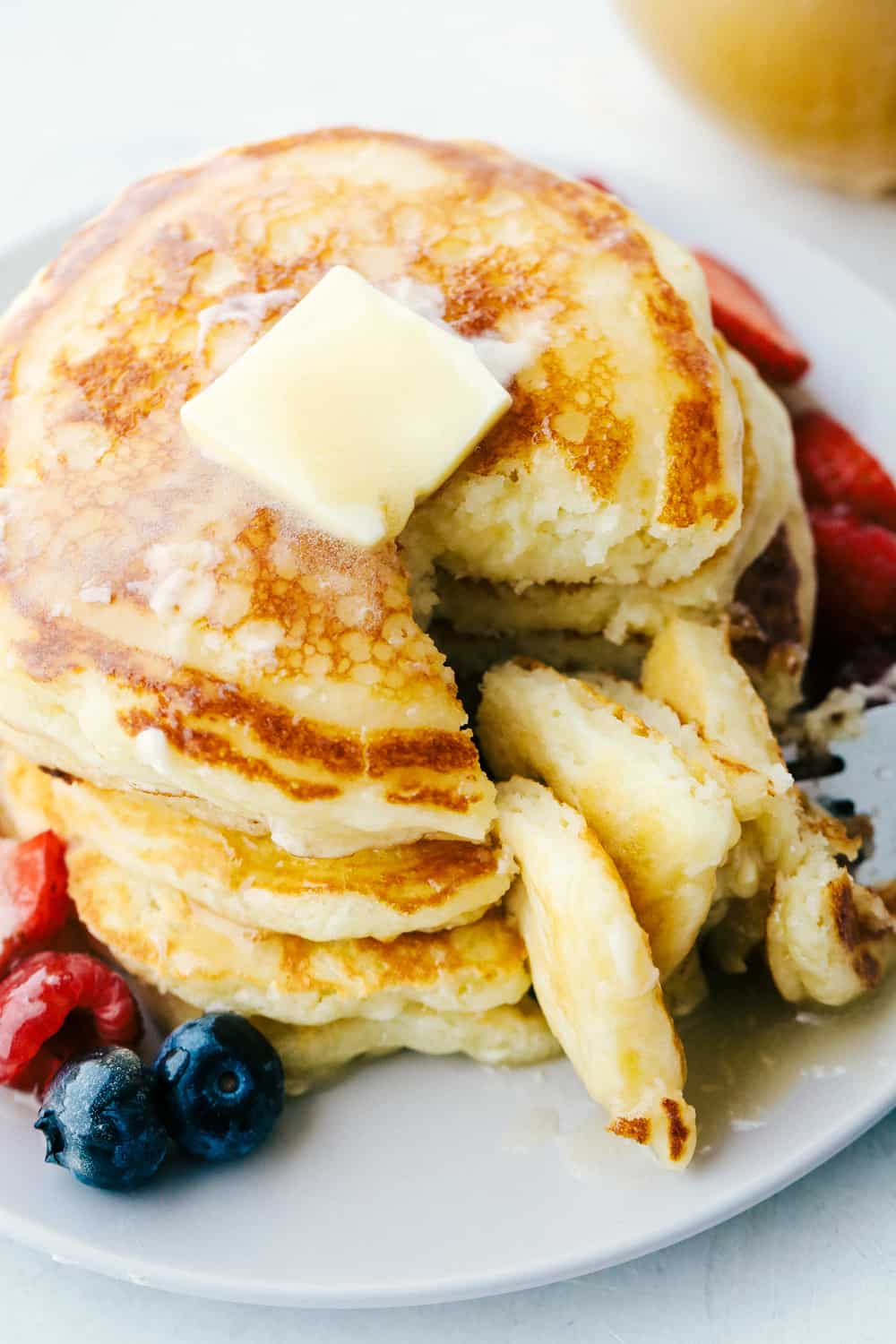
Why Use Baking Soda AND Baking Powder?
It is necessary to use both baking soda and baking powder in certain recipes! Using both can improve the texture and the flavor of your baked goods. It’s fun to see what happens when you use either baking soda, baking powder, or both! Check out the results below!
- Improve Texture: Some recipes use both to improve the texture. Baking soda alone doesn’t lend enough rise to some recipes. Instead of just adding more baking soda, which will only lead to a sour metallic taste, you add baking powder to give extra lift. My Twinkie Cake uses both and the texture is fluffy and delicious!
- Flavor: Using both can also improve the flavor of your recipes. Sometimes you need both because you want the tang of an acid in your recipe to come through in the finished product. If you only rely on baking soda for rise, it will neutralize the flavor of the acid you’re using. Using both allows the tangy acidic flavor of say buttermilk or lemon juice to come through. Try this Glazed Lemon Bread and you’ll see what I mean!
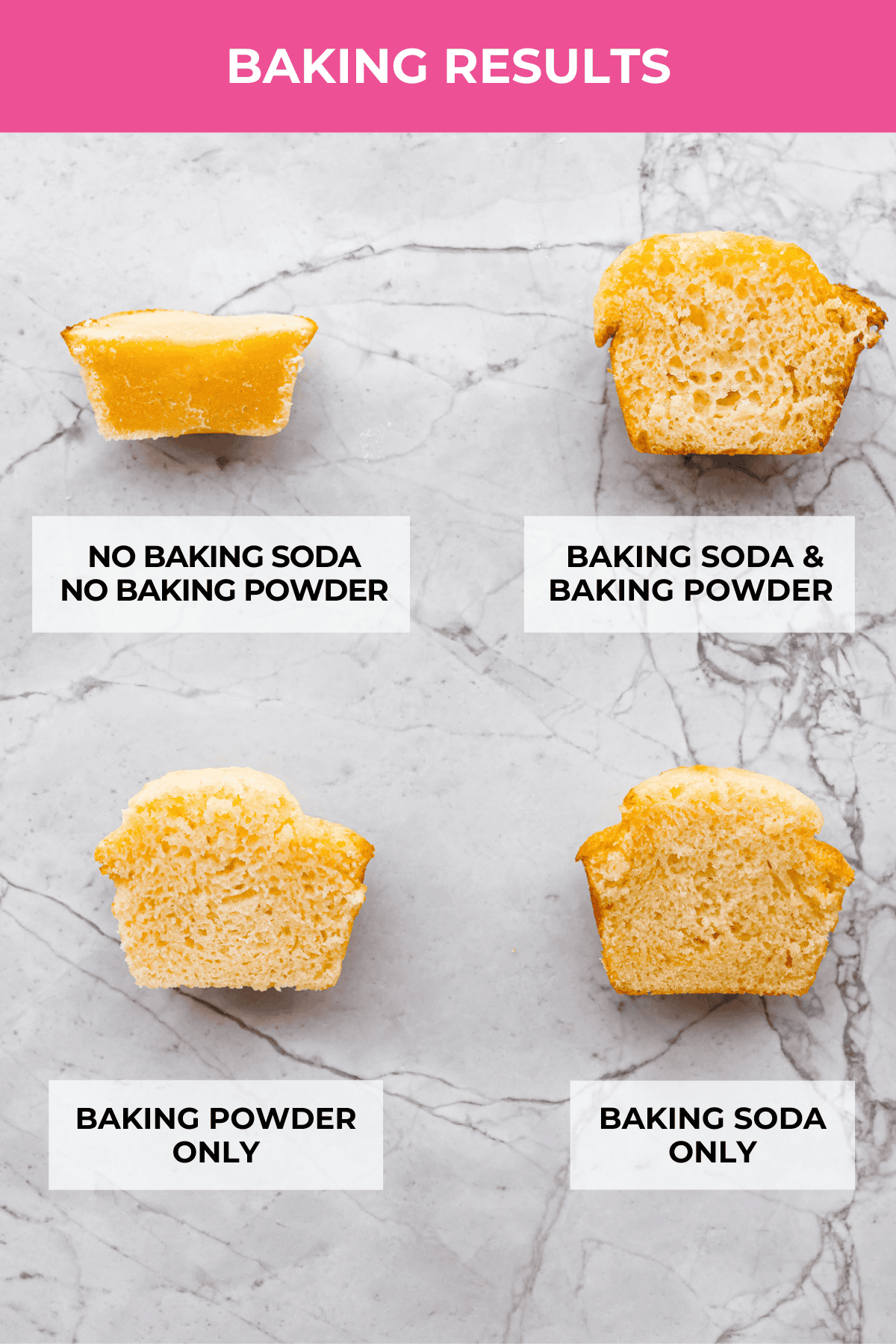
Can You Substitute One For the Other?
In short, I wouldn’t recommend it! It’s tricky to do without affecting the rise, texture, and flavor of your baked good. It’s better to follow a recipe the way it is written to get the best results!
Do Baking Powder and Baking Soda Expire?
Yes, they expire! Here are some tips for storing and keeping baking powder and baking soda fresh!
- In the Cupboard: It is best to store baking soda and baking powder in an airtight container. Baking powder already comes in an airtight container, but baking soda should be removed from the cardboard box and stored in an airtight container. Store them both in a dry, cool place like a cupboard. Storing in the Refrigerator is not recommended.
- Expiration Tips: It’s helpful to write the date you open them on the container. Store unopened baking soda at room temperature for 18 months. After opening, store at room temperature for 6 months. Store unopened baking powder at room temperature for 6 months. After opening, store at room temperature for 3 months!
- How to Test the Freshness of Baking Powder: Add about ¼ cup of warm water to a bowl along with 1 tablespoon of baking powder. Stir the mixture and it should become a bit fizzy. If there isn’t any fizz then it’s bad.
- How to Test the Freshness of Baking Soda: For baking soda, it’s the same test, but instead of warm water, use plain white vinegar. The mixture will be very fizzy and bubbly when it’s fresh. If it isn’t very active then your baking soda has gone bad.
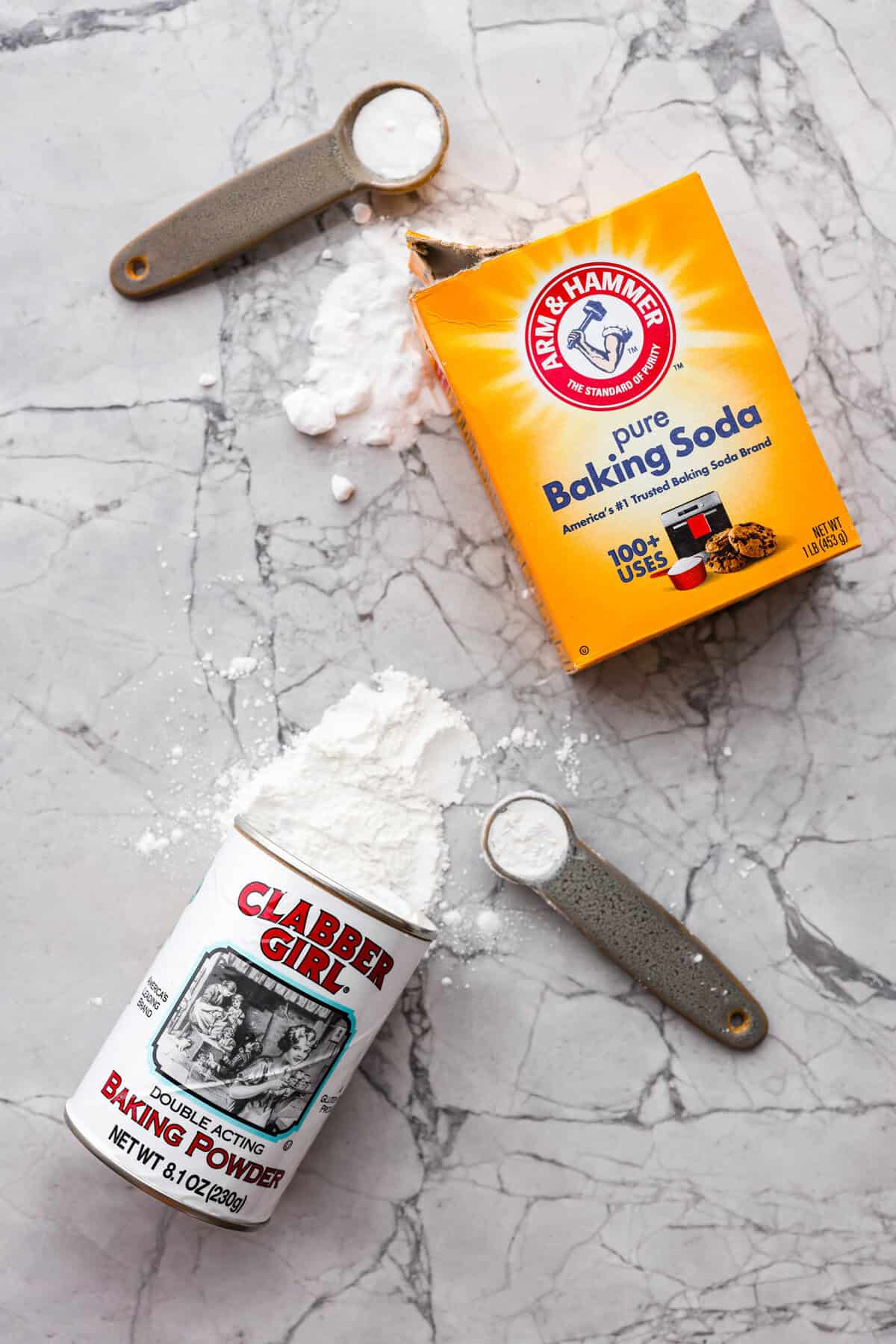
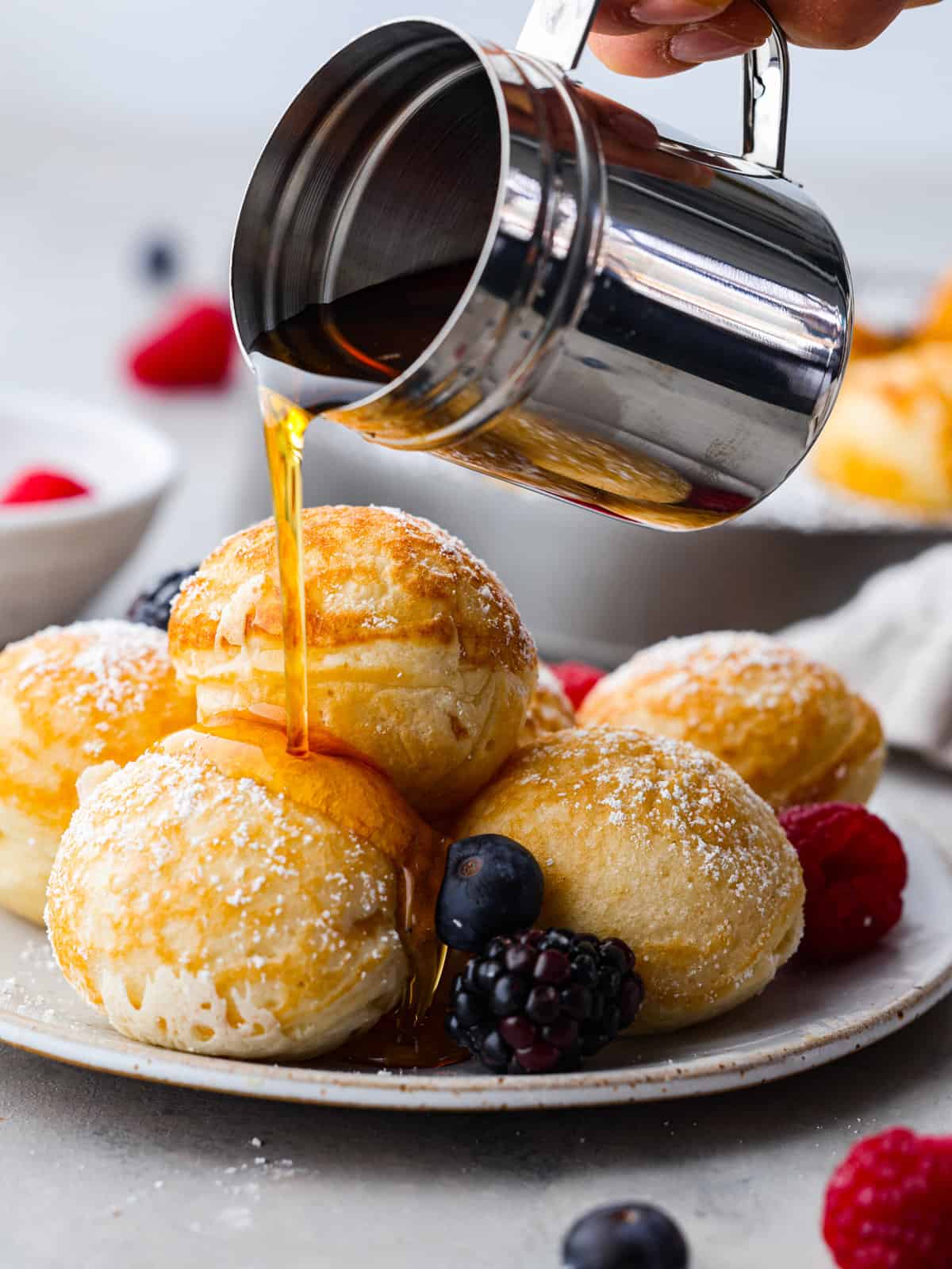
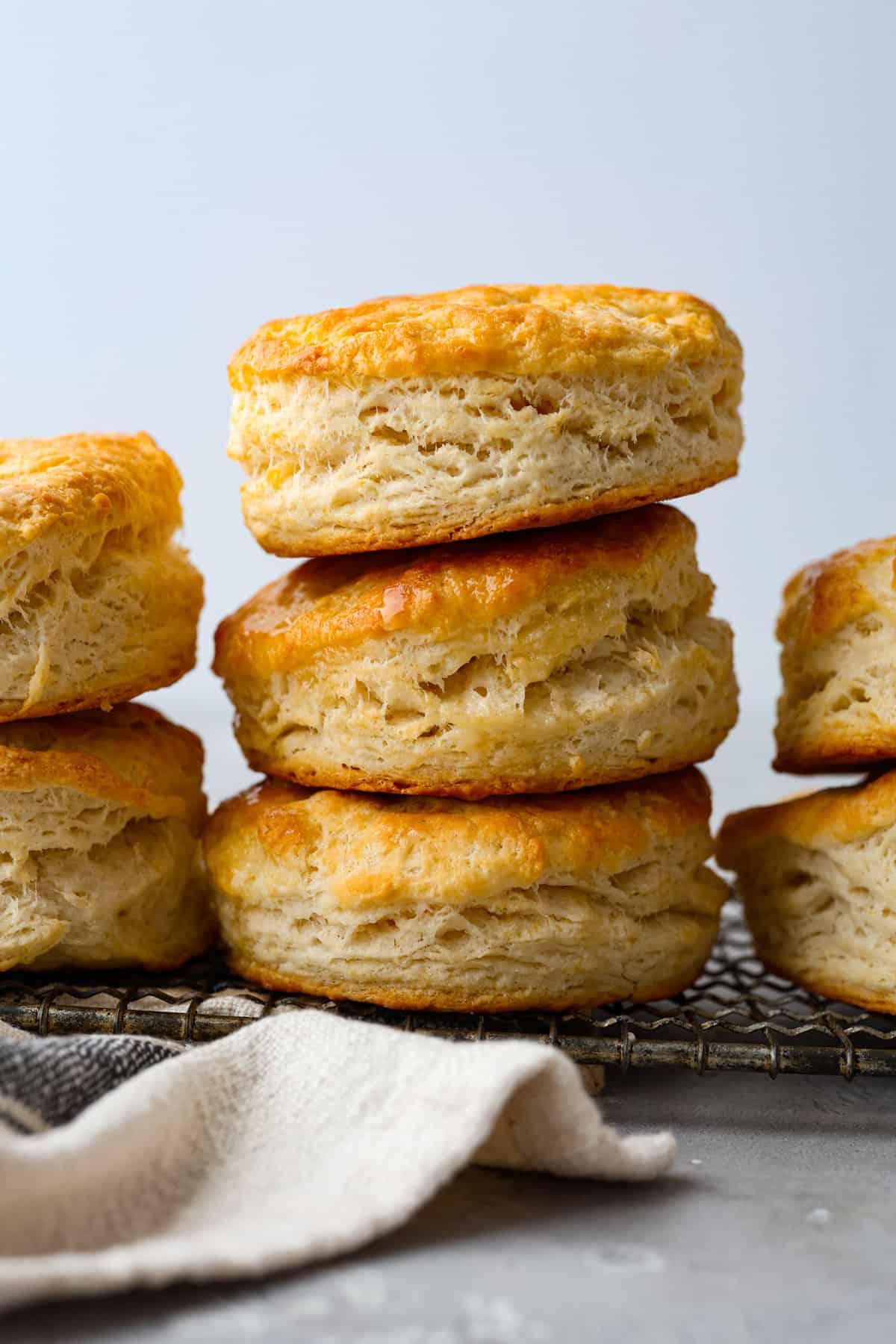
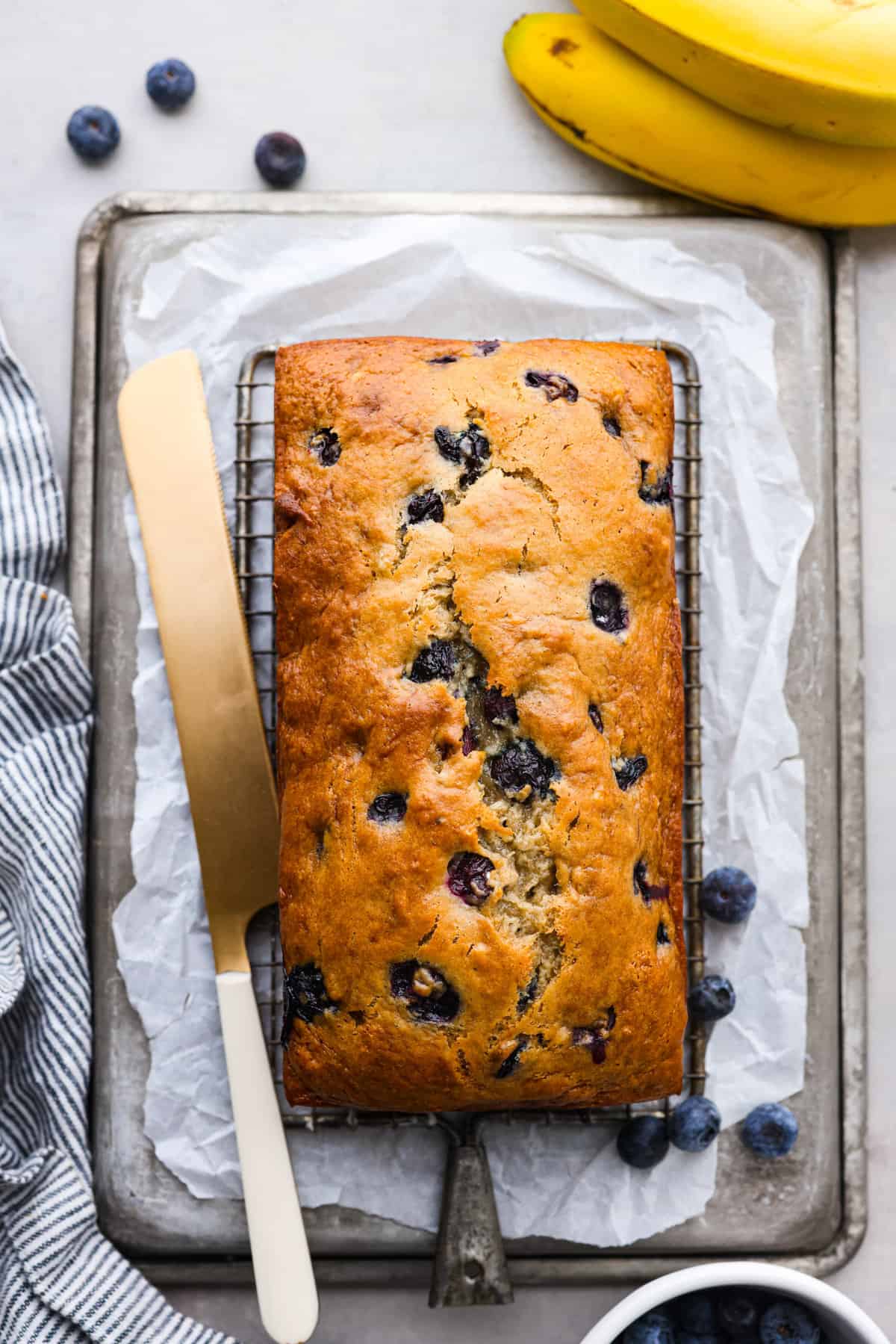
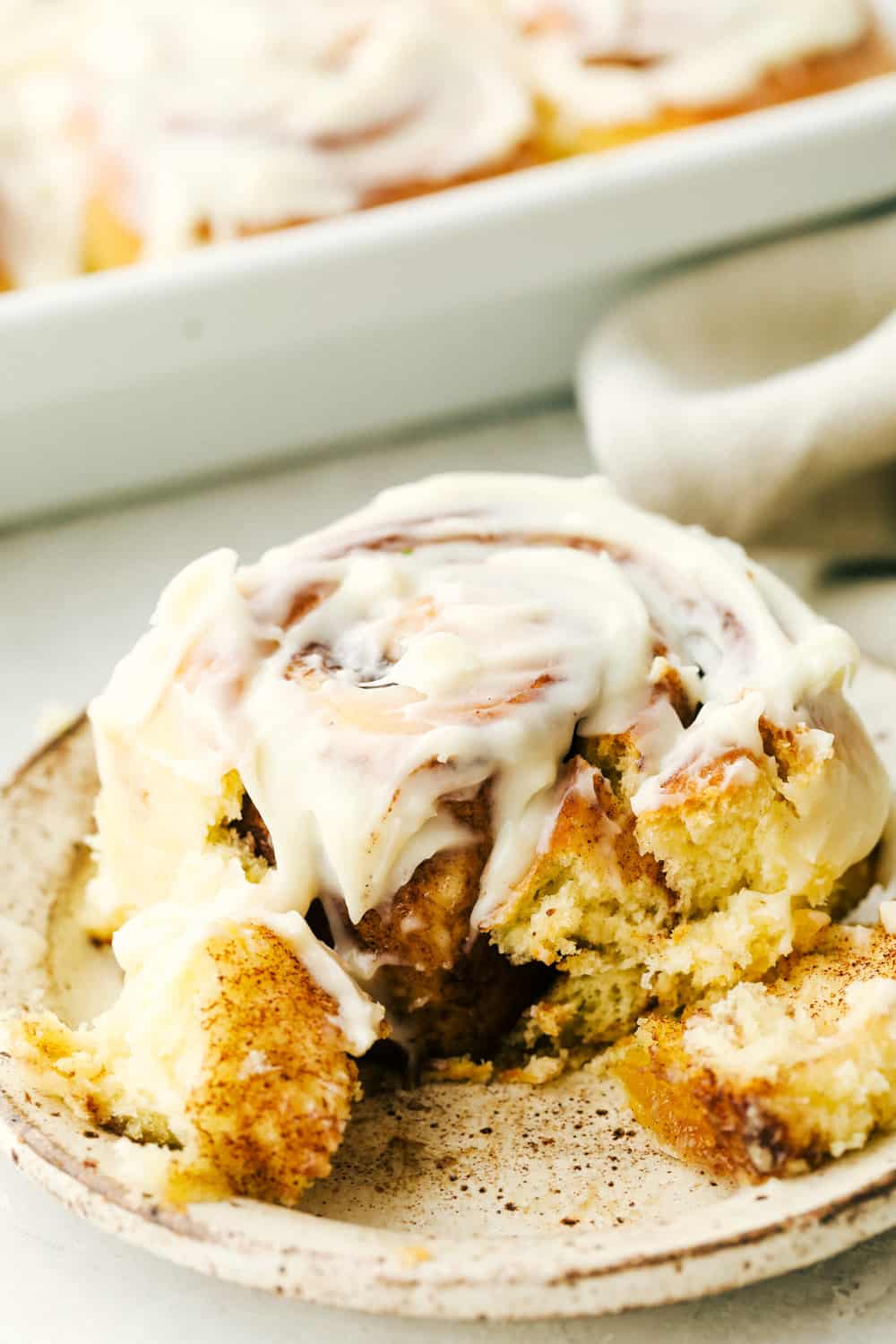
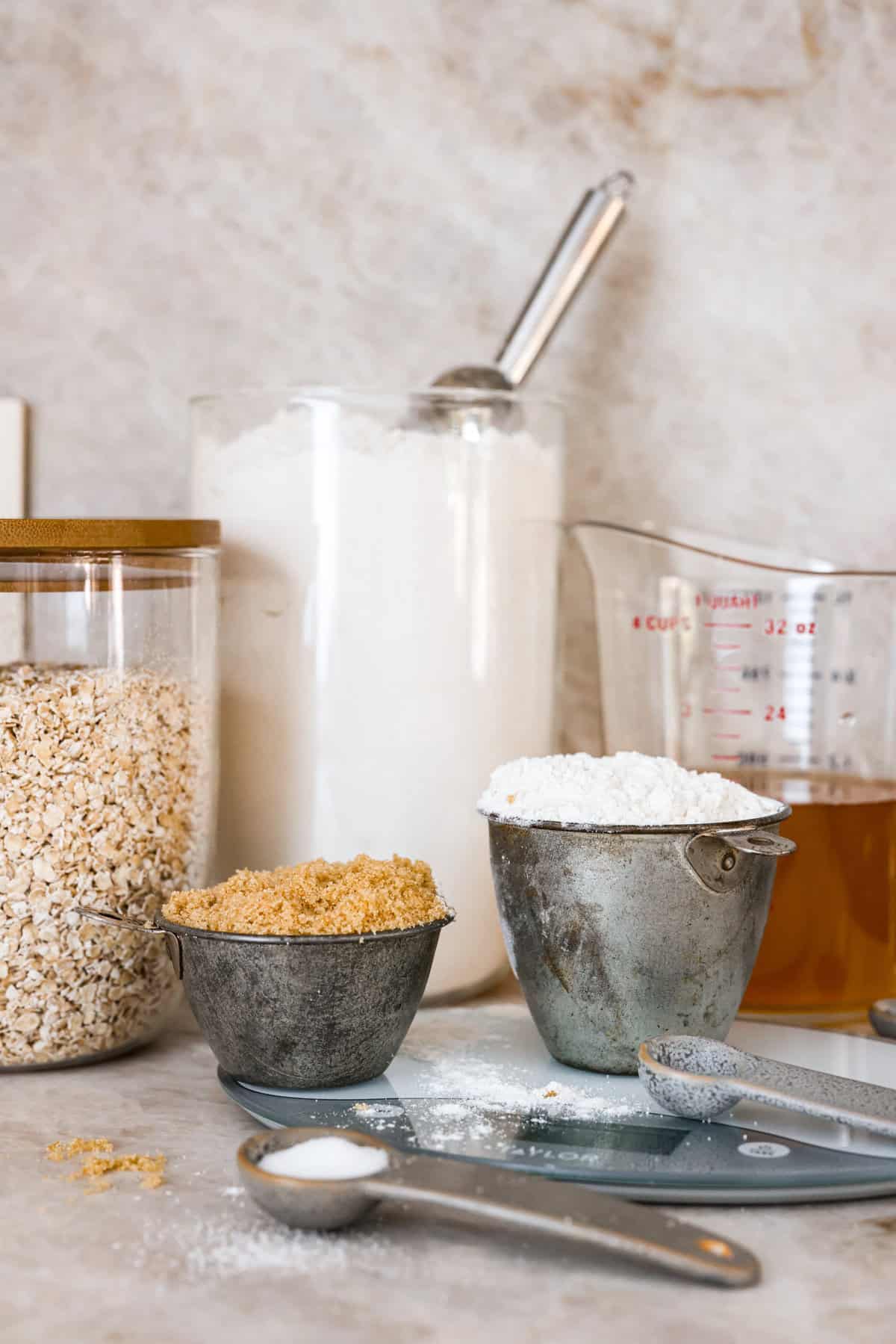









Just came to say thank you. I don’t bake often, but with some of my family going out of town, I am trying to experiment making a good bread other than my normal ones. My first one came out super sour, and I don’t think I had enough acid for the level of baking soda I used. I read that Olive Oil would still allow the reaction, but I don’t think it worked out as I had hoped. Just gonna have to keep trying. <3 Thanks for the information! I know baking is chemistry, unlike regular cooking which is more loose, but I never knew the exact differences and such. So this helps a whole lot!
Thank you! I’m so glad it helped!
Thank you..I have always wondered about storing baking soda and baking powder, and wondered about the differences!! Very informative!!